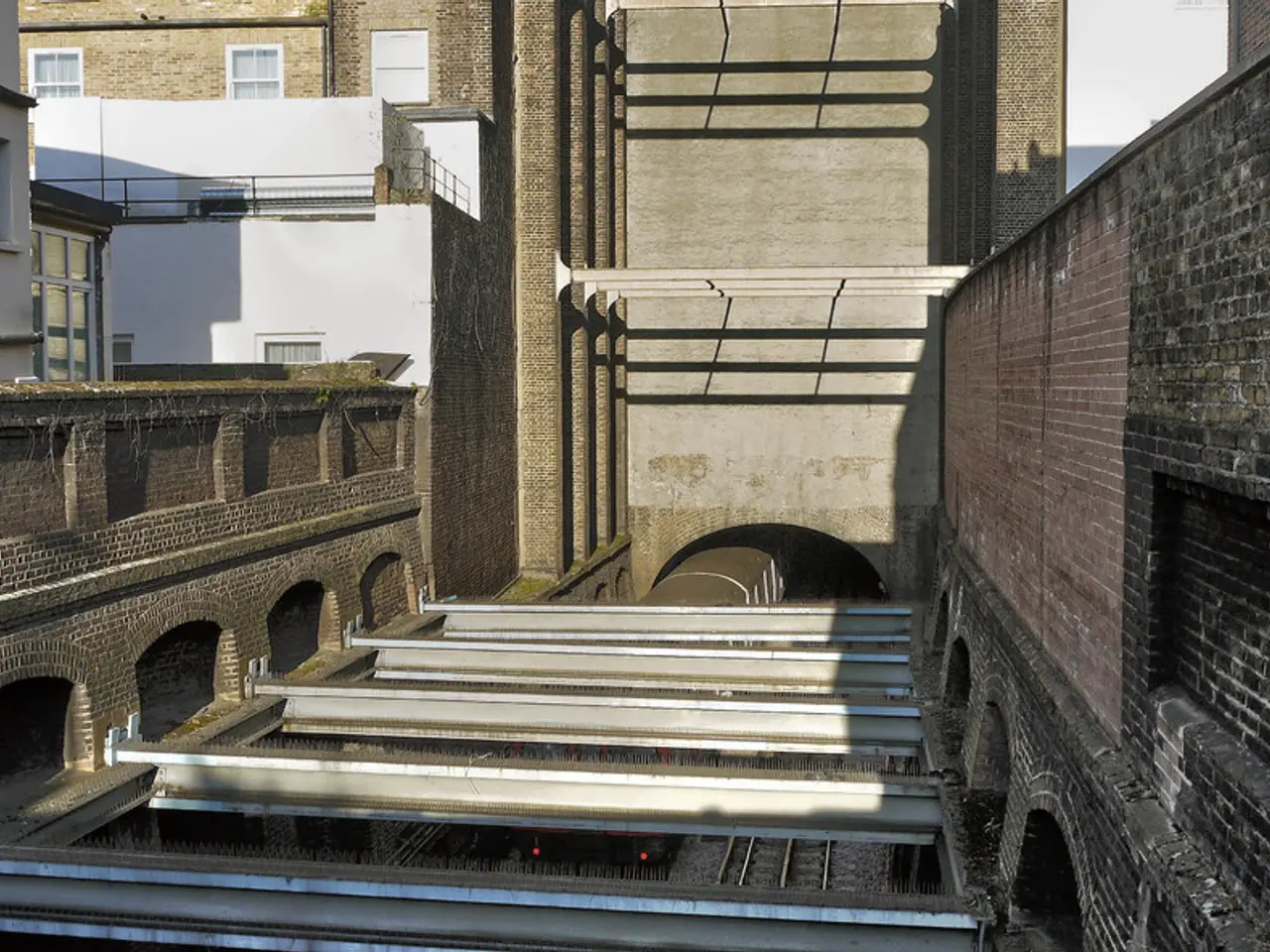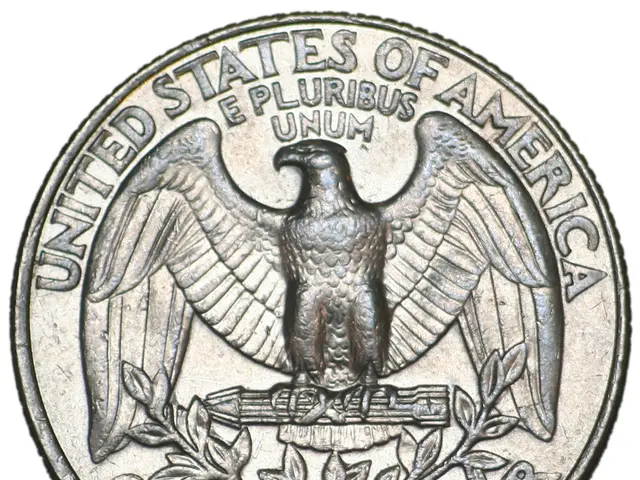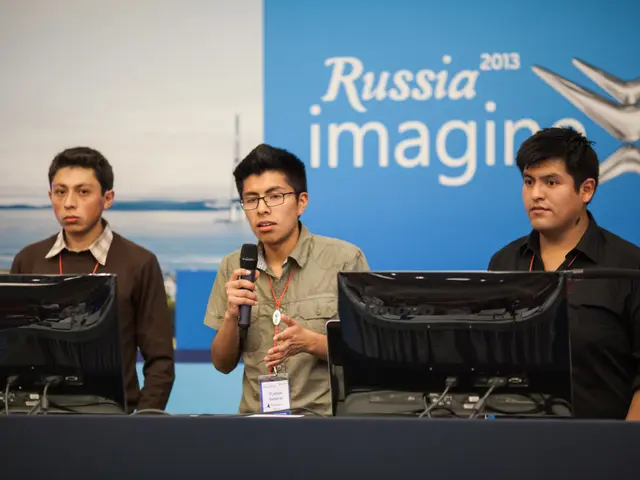Pathway to Aspiration: Navigating Ambition versus Reality
The Middle Corridor, also known as the Trans-Caspian International Transport Route, is a contemporary revival of the ancient Silk Road. This route connects China to Europe through Central Asia, the Caspian Sea, Azerbaijan, Georgia, and Turkey.
The investors in the projects and infrastructure developments along the Middle Corridor, which influence its future, typically include governments of the involved countries, international financial institutions, logistic companies, and private sector stakeholders focused on enhancing trade connectivity between Europe and Asia.
Azerbaijan, a country that has traditionally served as a crossing point, is now emerging as a central player in Eurasia’s economic integration. The Middle Corridor bypasses both Russia and Iran, giving it renewed strategic weight in the current geopolitical climate.
The capacity of the Middle Corridor could almost double by 2030, with upgrades planned. Westbound flows are expected to account for 62% of the total trade between China and the European Union by 2030.
The route currently offers a 12-day journey over 7,000 kilometres with a capacity of around six million tonnes a year. Azerbaijan, Georgia, and Kazakhstan are expected to see their trade with the EU grow by nearly a third due to exports and improved connectivity.
Progress has already been made with joint roadmaps, terminals, and logistics hubs. However, the future of the Middle Corridor depends on how effectively regional players coordinate, how much private investment flows in, and its ability to deliver speed, reliability, and cost-efficiency at scale.
Challenges remain in customs alignment and digitalisation for the Middle Corridor. Investments in ports, railways, and border points in countries like Azerbaijan are transforming geography into opportunity.
The corridors of tomorrow will not be chosen solely by geography—they will be chosen by trust, cooperation, and vision. The World Bank forecasts that trade between China and the European Union will rise by 30% by 2030.
Meanwhile, India is pushing to establish its own corridor to Europe, highlighting the race for influence over global supply chains. The question is not only who builds the routes of tomorrow, but whose route the world will choose to follow. Building such routes requires political trust, financing, and harmonized infrastructure.
Another significant project in the region is the Zangezur Corridor, a project that aims to expand east-west links, turning the region into a hub for both goods and energy. The future of these corridors will shape the economic landscape of Eurasia and beyond.
Read also:
- President von der Leyen's address at the Fourth Renewable Hydrogen Summit, delivered remotely
- Unveiling Innovation in Propulsion: A Deep Dive into the Advantages and Obstacles of Magnetic Engines
- Intensified farm machinery emissions posing challenges to China's net-zero targets
- EU Fuel Ban Alerts Mercedes Boss of Potential Crisis







